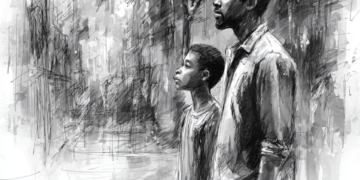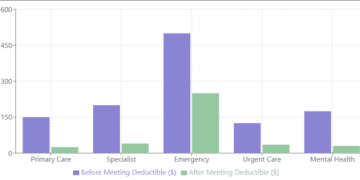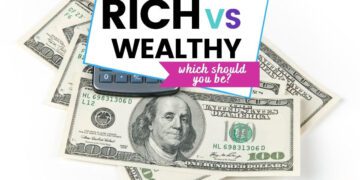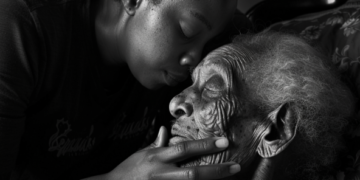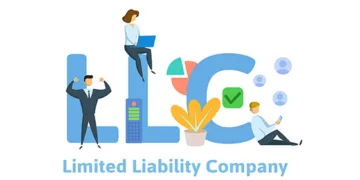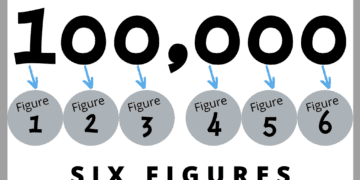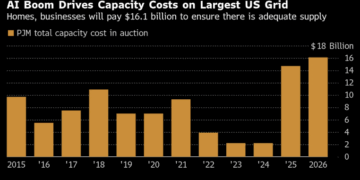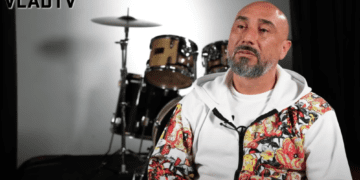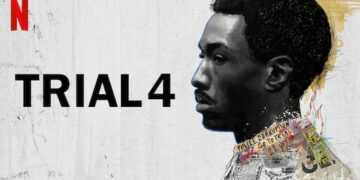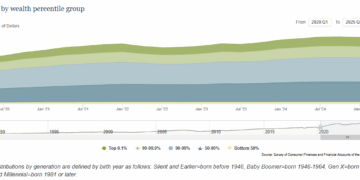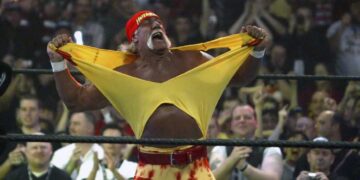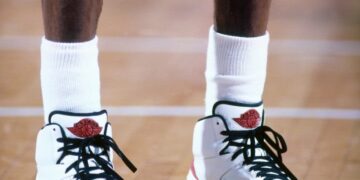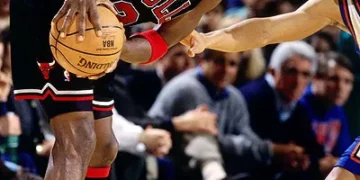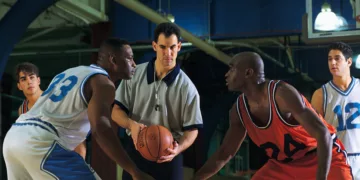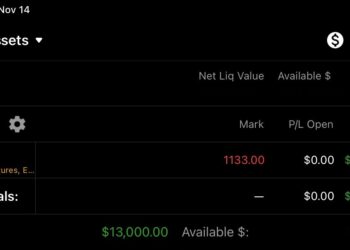Last week, President Trump signed an Executive Order titled “Saving College Sports” that represents the most significant federal intervention in collegiate athletics in decades. Having reviewed both the full Executive Order and accompanying Fact Sheet, I want to explain exactly how this directive will affect the various stakeholders in college sports and what changes we can expect to see.
The Crisis That Prompted Federal Action
To understand this Executive Order’s significance, I must first explain the chaos that has engulfed college sports since 2021. Following a Supreme Court antitrust ruling that struck down NCAA restrictions on athlete compensation, the floodgates opened for what were supposed to be legitimate name, image, and likeness (NIL) payments to student-athletes. However, subsequent litigation eliminated the guardrails designed to distinguish between genuine endorsement deals and pay-for-play recruiting inducements.
The result has been a system where competing university donors engage in bidding wars for top players. According to the Executive Order, players at some universities now receive more than $50 million annually, with football players at one institution reportedly earning $35-40 million for the 2025 season alone. This represents a fundamental shift from college athletics toward a professional model that threatens the entire ecosystem.
Key Provisions of the Executive Order
The Executive Order establishes several concrete policies that will reshape how college athletics operates:
Protecting Non-Revenue Sports: The order mandates specific requirements based on athletic department revenue levels. Departments with more than $125 million in annual revenue must provide more scholarship opportunities in non-revenue sports than they did in 2024-2025 and must offer the maximum roster spots permitted under collegiate rules. Departments with $50-125 million in revenue must maintain at least their current level of non-revenue sport scholarships, while smaller programs cannot disproportionately reduce opportunities based on a sport’s revenue generation.
Prohibiting Pay-for-Play: Perhaps most significantly, the order declares that third-party pay-for-play payments to collegiate athletes are “improper and should not be permitted by universities.” This does not affect legitimate compensation for actual services, such as genuine brand endorsements at fair market value, but targets the bidding wars that have distorted recruiting and transfer markets.
Revenue-Sharing Guidelines: Any direct revenue-sharing between universities and athletes must be structured to preserve or expand opportunities in women’s and non-revenue sports, preventing the concentration of resources solely in football and basketball.
Impact on Different Groups
Student-Athletes in Non-Revenue Sports: These athletes stand to benefit most directly from the Executive Order. The mandate to preserve and expand scholarship opportunities specifically protects sports that have historically relied on cross-subsidization from revenue-generating programs. Olympic sports participants, who comprised 75 percent of the 2024 U.S. Olympic Team, will have greater security in their collegiate pathways.
Women’s Sports: The order explicitly prioritizes women’s sports protection and expansion. Given that Title IX enforcement is mentioned as one of the implementation mechanisms, we can expect the Department of Education to scrutinize whether athletic departments are maintaining gender equity while managing the new financial pressures.
Revenue Sport Athletes: Football and basketball players will face the most significant changes. While they can still receive direct compensation from universities through revenue-sharing arrangements, the elimination of third-party pay-for-play deals will substantially reduce their earning potential. However, legitimate endorsement opportunities remain available.
Universities and Athletic Departments: Institutions will need to fundamentally restructure their approach to athlete compensation and resource allocation. The largest athletic departments will face mandatory increases in non-revenue sport support, while all programs must demonstrate compliance with the new pay-for-play restrictions.
Donors and Boosters: The traditional booster model faces disruption. Donors who have been funneling money through NIL collectives for recruiting purposes will need to redirect their support toward legitimate university programs or cease their involvement in athlete compensation entirely.
Implementation Mechanisms
The Executive Order directs multiple federal agencies to develop implementation plans within specific timeframes. The Secretary of Education, working with the Attorney General, Health and Human Services Secretary, and Federal Trade Commission Chairman, has 30 days to create a comprehensive plan using regulatory, enforcement, and litigation tools.
These mechanisms include federal funding decisions, Title IX enforcement, constitutional challenges to state laws that interfere with interstate commerce, and coordination with Congress and state governments. The Attorney General and FTC Chairman have 60 days to review and revise their litigation positions and develop future enforcement strategies.
The Department of Labor and National Labor Relations Board will clarify student-athlete employment status, likely working to prevent the classification of college athletes as employees, which would fundamentally alter the collegiate model.
Timeline and Practical Effects
While the order takes effect immediately as policy, the practical changes will unfold over the coming months. The 2025-2026 athletic season will serve as the first test case for compliance with the new scholarship and roster requirements. Universities will need to audit their current non-revenue sport offerings and potentially expand programs or increase scholarship funding to meet the mandates.
The prohibition on pay-for-play payments will likely face immediate legal challenges, making the Attorney General’s role in defending the policy crucial. State NIL laws that conflict with federal policy may face constitutional challenges under the Commerce Clause.
Broader Implications
This Executive Order represents a recognition that the current trajectory of college sports threatens American athletic excellence and educational opportunities. By prioritizing the preservation of non-revenue sports, the administration is betting that a more balanced approach will better serve the 500,000 student-athletes who benefit from nearly $4 billion in annual scholarships.
The success of this policy will ultimately depend on enforcement mechanisms and the federal government’s willingness to use its considerable leverage over universities through funding and regulatory authority. For those of us who have watched college sports evolve from educational competition to quasi-professional entertainment, this Executive Order represents an attempt to restore balance to a system that had lost its way.
The coming months will reveal whether federal intervention can successfully restore order to college athletics or whether the forces of commercialization have become too powerful to contain through executive action alone.



